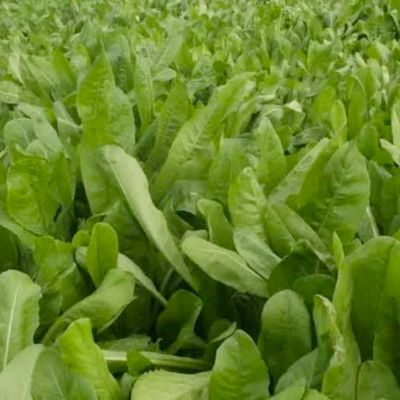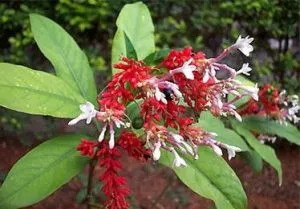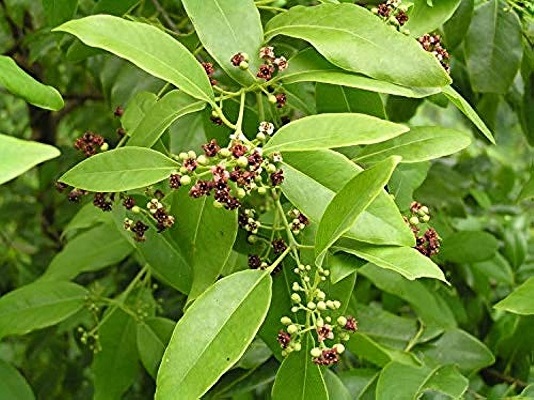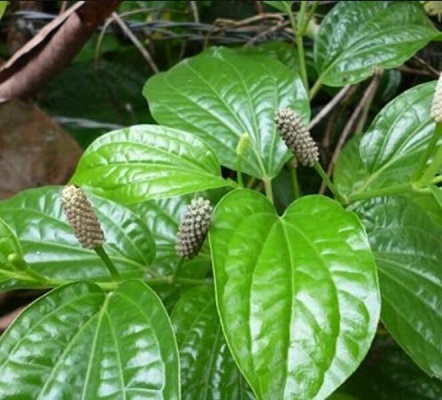On This Page
SARPAGANDHA –Rauwolfia serpentine
Introduction
It is an important plant used in the Ayurvedic treatments. It is commonly known as snake dog bane. It is also known as Small moon plant. The plant prefers to grow in mountain or hilly areas, so it is called as Nakuli in Sanskrit. It has antitoxic property, hence it is known as Vishanasini.
Dr.Gupta’s IAFA has been constantly working on the plantSarpagandha for discovering more medicinal properties the plant. Through the various studies done by our experts found out that the plant possesses antihypertensive, anti diabetic, hypolipidemic, antimicrobial, antioxidant, anticancer and anti-inflammatory properties. The methanolic extract of leaves shows antioxidant activity. The aqueous extracts of the leaves of the plant shows antihypertensive property.
Action of Sarpagandha – Rauwolfia serpentina in Allergies
IAFA has been conducting various studies on Sarpagandha found out the antiallergic and anti-inflammatory actions of the plant. The various chemical constituents present in this plant shows anti-inflammatory activity. Sarpagandha is very useful in skin diseases by its anti-inflammatory and anti-histamine activity.
Vernacular Names
| Sanskrit Name | Sarpagandha Nakuli |
| Hindi Name | Nagulakand |
| English Name | Snake dog bane, Small moon plant |
| Malayalam Name | chuvannavilpuri |
| Kannada Name | Sarpagandha |
| Telungu Name | Dumparasna |
Botanical Name
Rauwolfia serpentina
Family
Apocynaceae
Morphology of Sarpagandha – Rauwolfia serpentina
- Small erect shrub
- Bark – pale rarely lenticellate
- Leaves – whorls of three, lanceolate, acute acuminate, bright green
- Flowers- white, often tinged with violet, corymbose cyme
- Calyx – glabrous, bright red, segments 2-5 mm long and lanceolate
- Corolla –1 cm long, tube slender, swollen a little above the middle.
- Fruits – drupe, purplish black when ripe.
Ayurveda reference of Sarpagandha – Rauwolfia serpentine

Geographical distribution of Sarpagandha – Rauwolfia serpentina
The plant Sarpagandha grows in mountains and hilly regions. It is distributed in India, China, Thailand, Bangladesh, Japan etc.
Phytoconstituents of Sarpagandha – Rauwolfia serpentina
The phytoconstituents present in the plant Sarpagandha are reserpine, reserpiline, serpentine, deserpidine, ajmaline, rescinnamine etc.
Parts used of Sarpagandha – Rauwolfia serpentina
- Root
Dosage of Sarpagandha – Rauwolfia serpentina
- Root powder – 3-5 gms
Medicinal Properties of Sarpagandha – Rauwolfia serpentina
- Dipana – increases digestive fire
- Pachana – digests undigested food
- Krimighna – relieves worm infestation
- Vedanasthapana- relieves pain
- Nidrajanana- induces sleep
- Jvaraghna – relieves fever

Have A Health Issue?
Consult Online
- Dr. Sahil Gupta (B.A.M.S., M.H.A.)
Ayurvedic Allergy Specialist
CEO & Founder of IAFA®
Home remedies ofSarpagandha – Rauwolfia serpentina
In Ayurveda the treatment of different kinds of diseases are done by naturally availing non toxic drugs. We are continuously working on these plants to find out its pharmacological actions. IAFA have done so many studies on the plant Sarpagandha and found out that it has wide range of actions. Some of the home remedies are given below.
- Hypertension – 5 gm of root powder is taken along with hot water in the early morning.
- Diarrhea – 10 gm of root powder taken along with honey for 3 days.
- Fever – 40 gm of root powder mixed with 200 ml of water, boiled and reduced to 100 ml and taken internally for 5 days along with ½ teaspoon of ginger juice.
- Poisonous insect’s sting –Paste made with root of Sarpagandha and turmeric is applied over affected part.
- Skin diseases –15 gm of root powder is mixed with 2 glass of water, boiled and reduced to 1 glass and taken internally for 7 days along with Tulasi juice.
- Constipation –10 gm of root powder mixed with ½ glass of luke warm water taken internally for 3 days.
- Insomnia – 10gm of root powder is taken along with cold water at night.
- Goiter- 5 gm of root powder is taken internally along with 10 ml of juice of Kanchanara for 9 days.
Dr. Gupta’s IAFA provides safe, pure and non toxic Ayurvedic medicines. Our treatment protocols are completely based on Ayurvedic principles. According to Ayurveda each and every plants in the world has its own medicinal properties. Samhitas, Ayurvedic texts explains the properties and actions of almost all the plants. We are mainly focus on alleviating allergic disorders by using naturally available herbs which have less to no side effects. We can assure the safety of our customers as we are subjecting our products to various tests.
Reach IAFA for safe herbal remedies for all your ailments!!!
Was this Page Helpful?
Read More Articles
-

Kasini (Cichorium intybus)
Kasini (Cichorium intybus) commonly known as Chicory is a perennial herb, with large…
-
-









